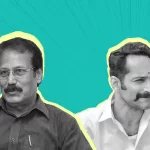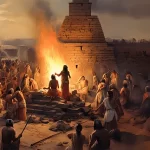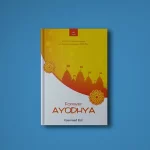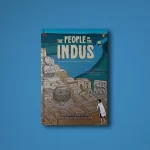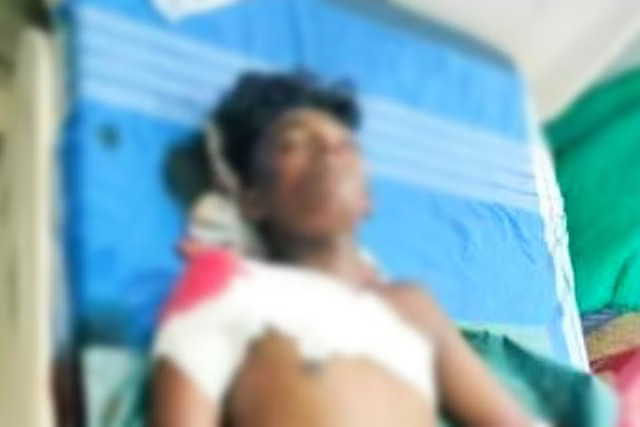A 17-year-old schoolboy and his 14-year-old sister, both belonging to the Scheduled Community, were allegedly attacked by the students of dominant castes in the Valliyoor-Nanguneri area of Tirunelveli district of southern Tamil Nadu on 9 August.
The siblings are undergoing treatment in Tirunelveli Medical College Hospital for injuries.
Tragically, a 60-year-old relative of the victims, who was among those holding a protest demanding police action, fainted during the agitation and died.
According to initial reports, the boy was repeatedly bullied by his classmates belonging to the dominant caste and invited their wrath after he refused to run errands for them.
The government-aided school where the incident was reported from is on the old national highway between Nagercoil and Tirunelveli. The school boasts a large playground where you can often hear the sounds of students laughing, playing, and chatting. You might spot some students studying or having conversations under a tree. It is a picture-perfect school environment.
That such an institution turned out to be a caste cauldron is shocking and painful.
The horrific incident is another pointer to how deeply entrenched the ‘Jaati-psyche’ is in society.
The movie industry, politicians, and community leaders of Tamil Nadu must all take their share of the blame.
Dravidianism and Tamil exceptionalism provide the enabling environment for this endless cycle of caste violence in the state through a diversionary discourse framework that ensures no societal introspection.
Role Of Movie Industry In Fomenting Caste Faultlines
The Tamil movie industry has been ceaselessly churning out films glorifying violence.
On top of it, many movies glorify caste.
In overt and covert ways, the landed castes were glorified in the ’90s. Now they are shown as villains. At the same time, apart from legal-electoral processes, violence, too, is shown as an instrument to achieve social justice.
On the political front, leaders have been instigating one community against the other.
In today’s times, unlike in the past, inflammatory speeches are recycled and rehashed among impressionable youth through Youtube and other social media channels. The young minds, seemingly educated, get provoked by these videos.
Leaders such as the late Kaduvetti ‘Guru’ and Thol. Thirumavalavan, who heads the Viduthalai Chiruthaigal Katchi (VCK), employed a harmful type of rhetoric. They utilized identity-based power politics and propagated identity-driven animosity. They delivered speeches to provoke and radicalise the youths with caste-chauvinism.
A new generation of community leaders is emerging that indulges in worst provocations online and offline, without an iota of responsibility.
Most of them have criminal backgrounds, and make no mistake—caste-chauvinism is the last refugee of any criminal who wants to become a leader.
They use the community vote banks they control to negotiate favours with politicians. Larger the vote bank, greater their bargaining power.
Above all of this is the Dravidianist and Tamil-exceptionalist political cover.
This cover denies the existence of caste conflicts. Instead of dealing with it with honesty, the problem is left unacknowledged.
The Dravidianists assert that all caste conflicts are a result of a hidden conspiracy by the so-called ‘Brahminical Sanatanists.’ In their imaginary version of history, Tamil society had no inherent caste divisions. However, in practice, they exploit every community dispute for their benefit.
This approach has turned Tamil Nadu into a state where caste animosity isn’t tackled and eradicated but covered up and glossed over.
Thus almost every section of society has contributed to the horror of what happened at Nanguneri.
Hindu Mathadipathis and Atheenams must step in
Ultimately though, movie industry or politicians cannot be relied on to deliver long-lasting justice and healing.
In the 1980s, when caste conflicts threatened to rip apart the social fabric in the southern districts, the Hindu Mathadipathis and Atheenams, the Dharmacharyas sprang into action.
They toured the places extensively.
They visited every village.
The communities that were embroiled in the conflicts were convinced to dine together and worship in the same temples. A small vehicle adorned with the Goddess (Mari-Amman) toured the villages along with sannyasins.
This imparted a calming and healing touch. That peace lasted for a decade—till a new wave of movies reignited the doused flames.
It is time again for the Hindu saints and sages, Dharmacharyas and neo-Gurus, to tour, and start their tour from Nanguneri. Only Sanatana Dharma can provide a healing touch in this context.
The Dharmacharyas, who hold the duty and authority to mend societal wounds, play a crucial role. They will be viewed as failing in their moral duty if they don’t step up in this critical moment.
The Hindu society must earnestly appeal to the Dharmacharyas and Hindu organizations to unite and facilitate healing to ensure that no more blood is shed in the name of caste.

